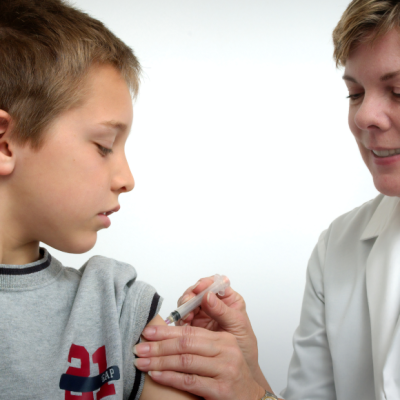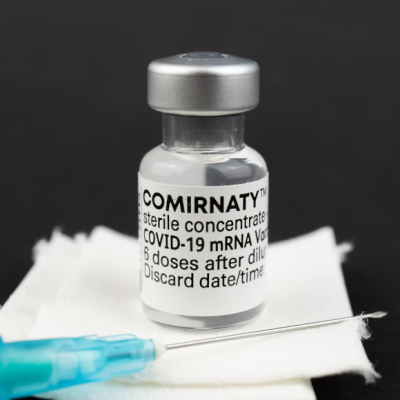The AstraZeneca COVID vector vaccine has been under scrutiny due to its potential side effects, including dangerous brain blood clots. Scientists at the University of Ulm have now published a preprint study in the journal Research Square, suggesting that impurities in the vaccine could be the cause of these side effects. The team analyzed the ingredients of three batches of the AstraZeneca vaccine and found that they contained more than 1,000 proteins and protein fragments that should not be present. These impurities could weaken the vaccine’s effectiveness and even cause or exacerbate side effects.
The modified adenovirus vector in the AstraZeneca vaccine transports genetic material of the novel coronavirus into human cells to trigger an immune response. However, the Ulm scientists found that the protein band pattern in the vaccine samples differed significantly from that of the adenoviral vector. The AstraZeneca vaccine contained significantly more protein bands that were not explainable by the vector, and the protein content was also higher than expected. The scientists identified more than 1,000 proteins and protein fragments in the vaccine, many of which should not be there. Some of these proteins, such as heat shock proteins and chaperones, can modulate immune responses and exacerbate inflammation, potentially causing or worsening side effects.
The scientists believe that the impurities in the AstraZeneca vaccine could be responsible for the flu-like symptoms that some people experience after vaccination, as well as the rare but serious brain blood clots. They call for an overhaul of the vaccine’s manufacturing process and quality control to remove all protein residues from cell cultures. While the majority of the found proteins are unlikely to have negative effects on vaccine recipients, some could weaken the desired immune response or even cause harm. The Ulm study highlights the importance of rigorous quality control in vaccine production to ensure safety and efficacy.










